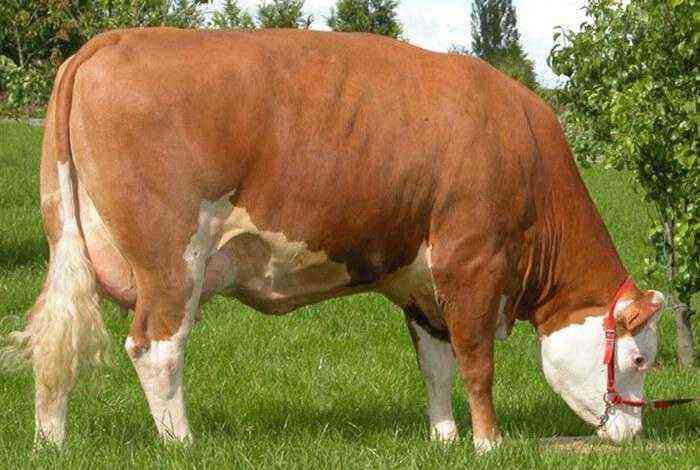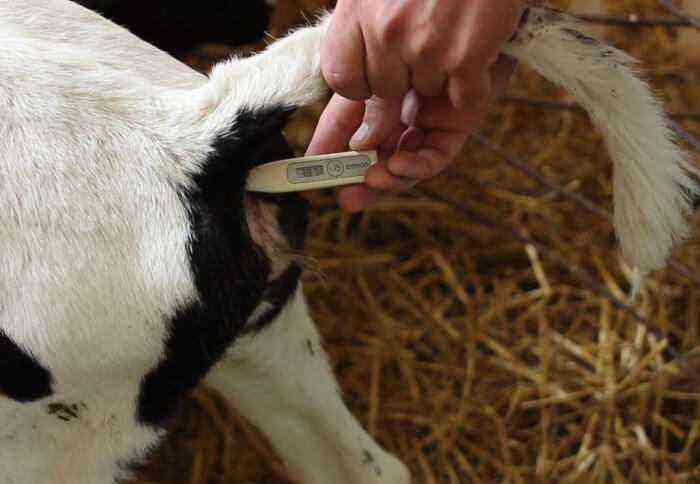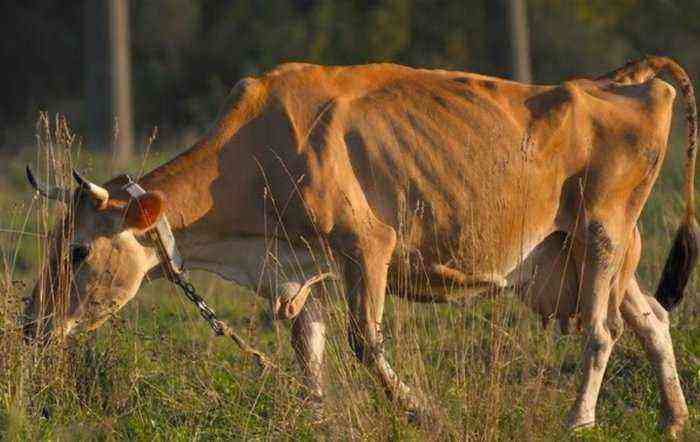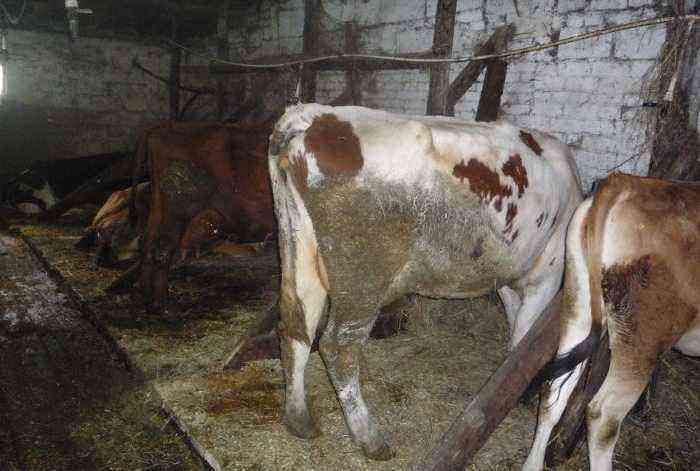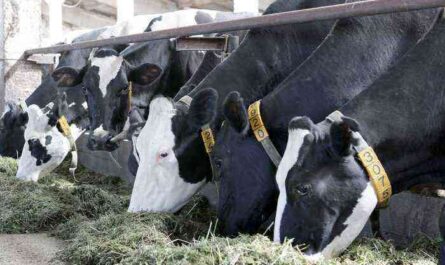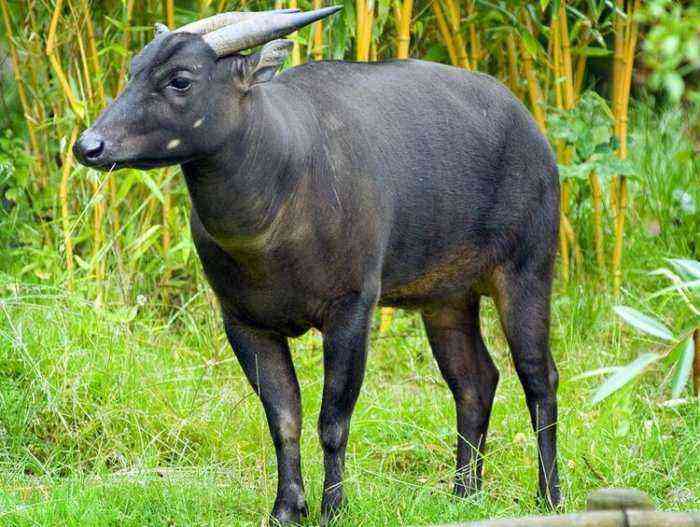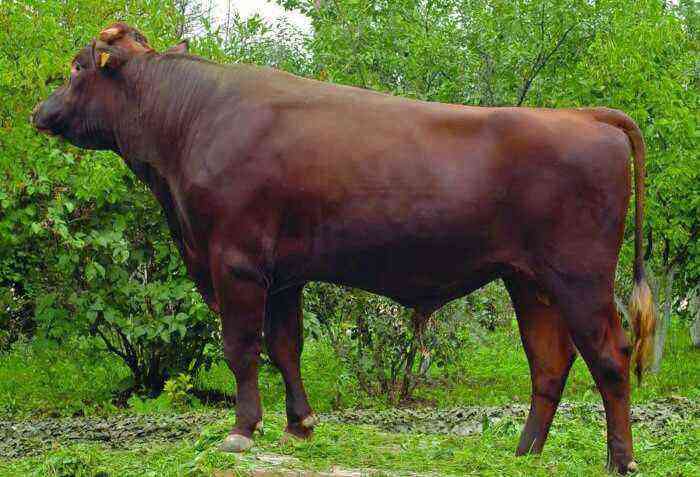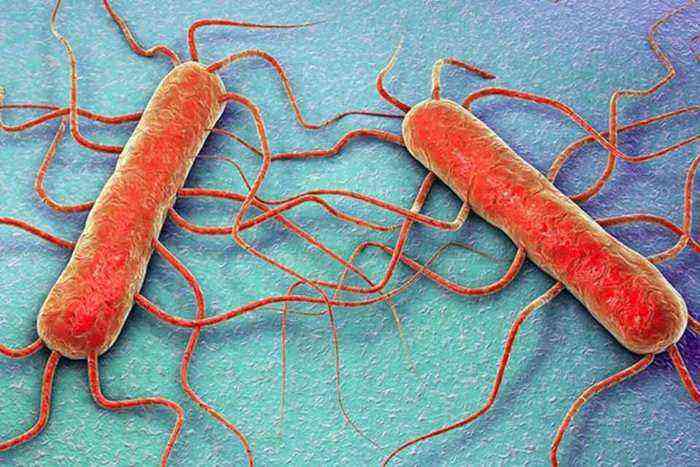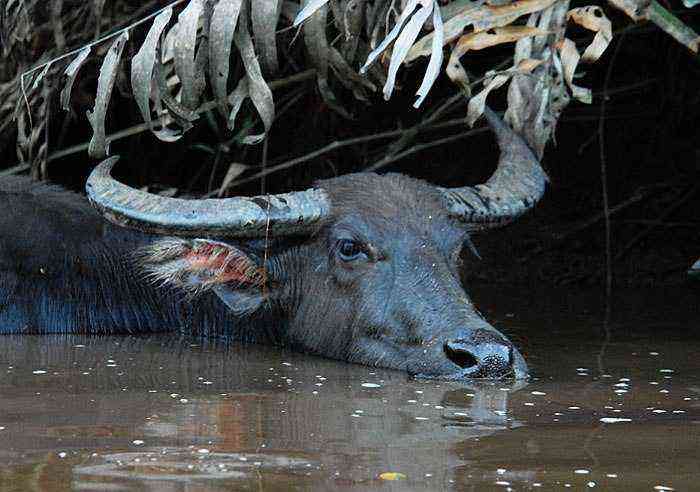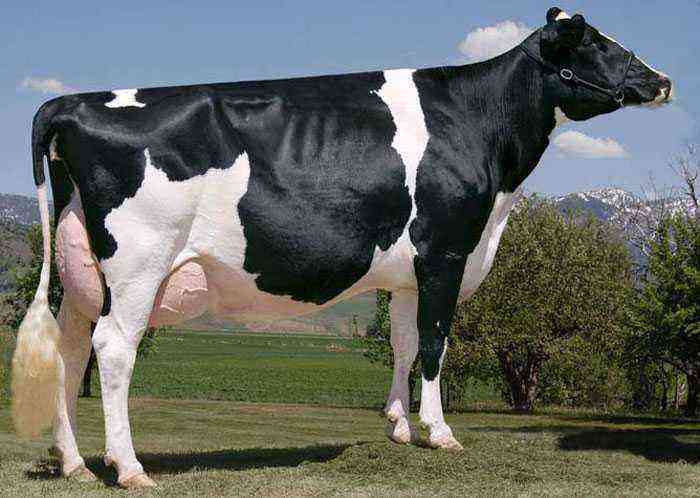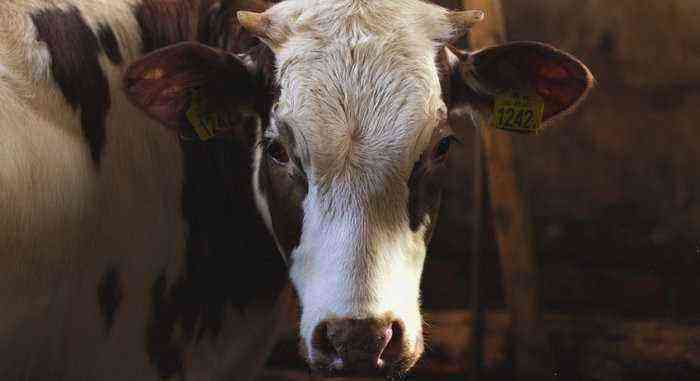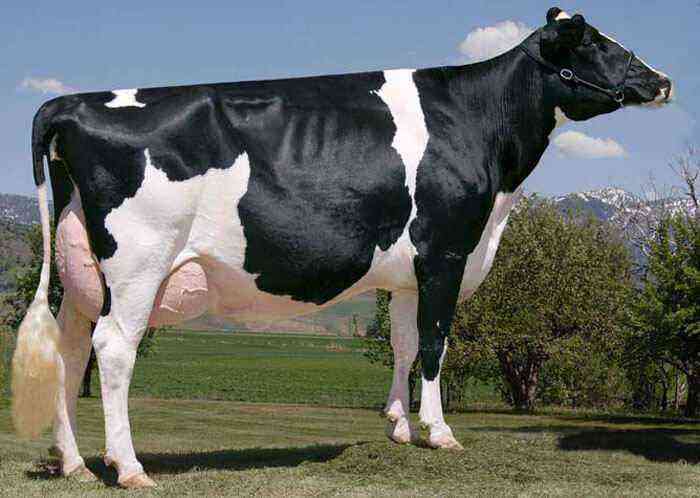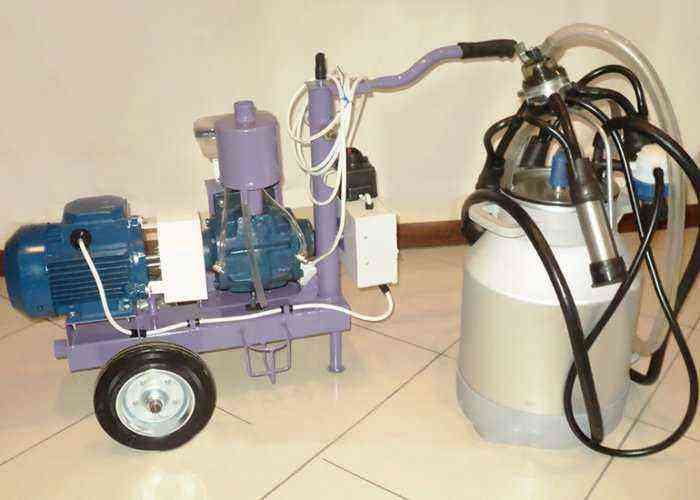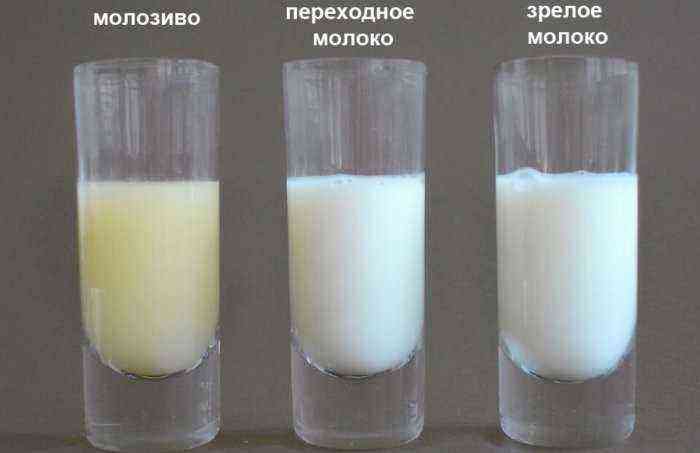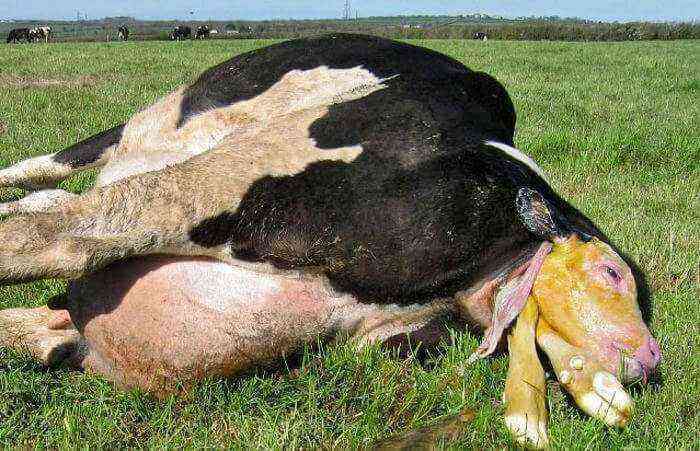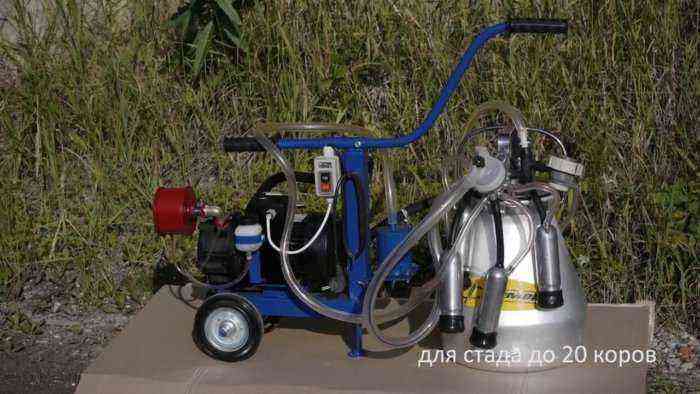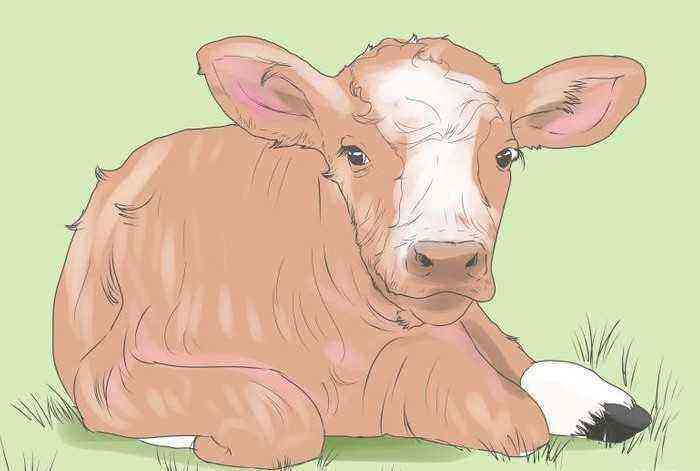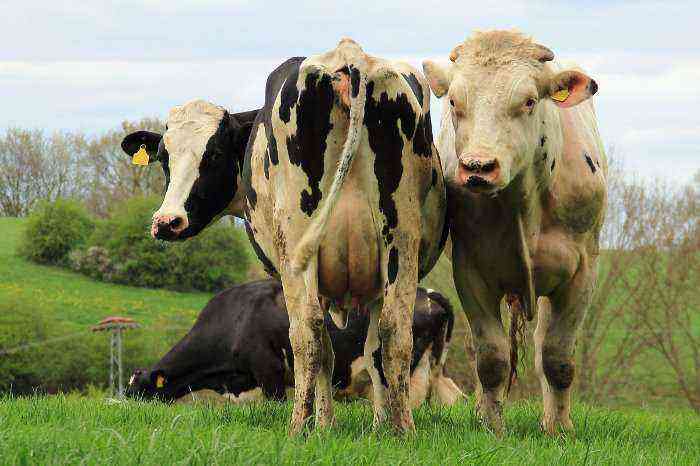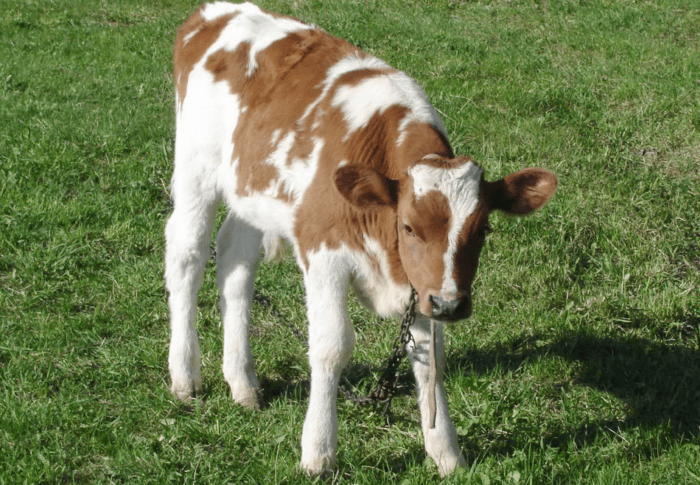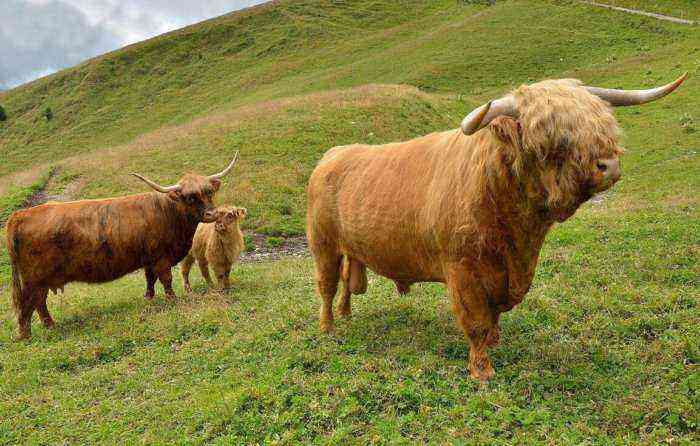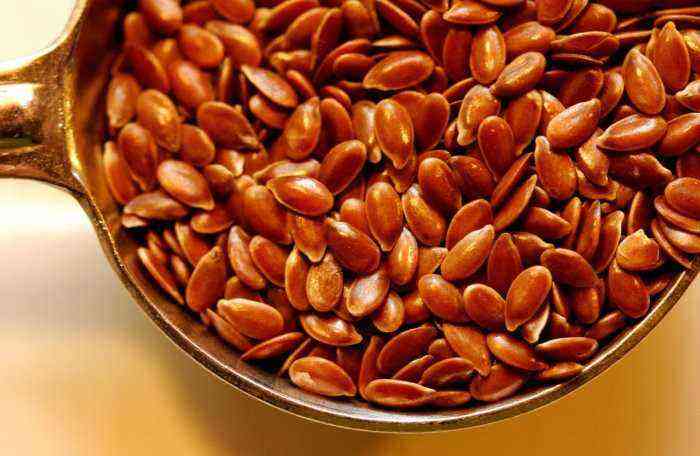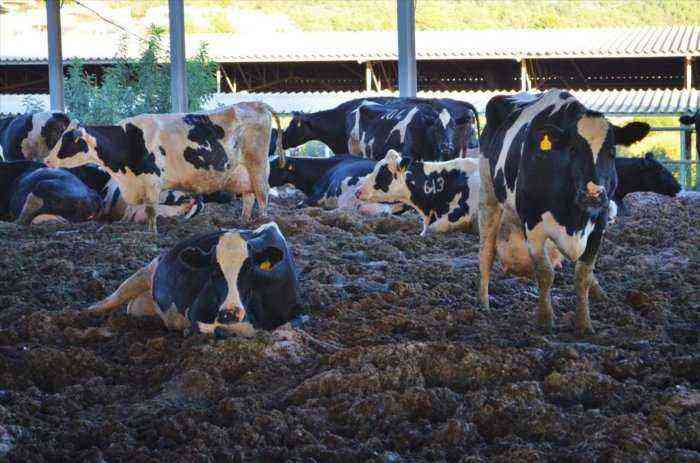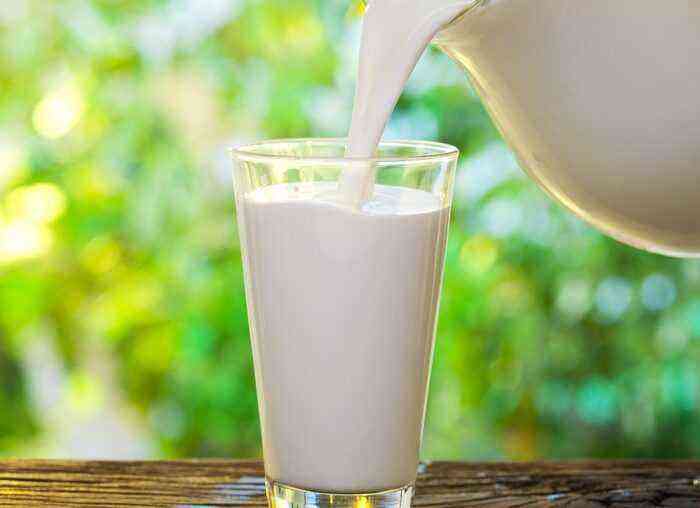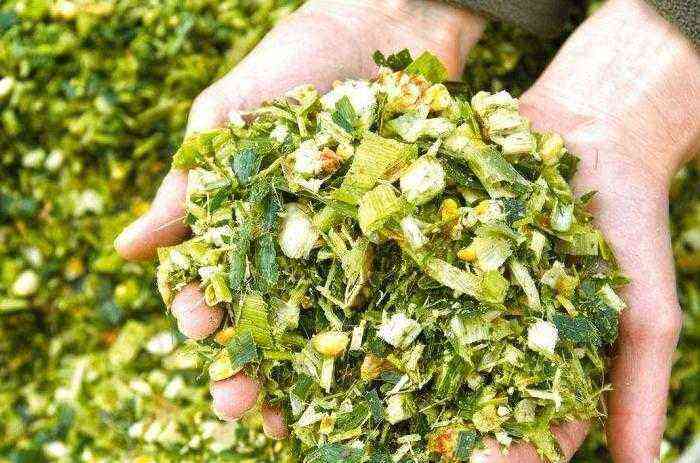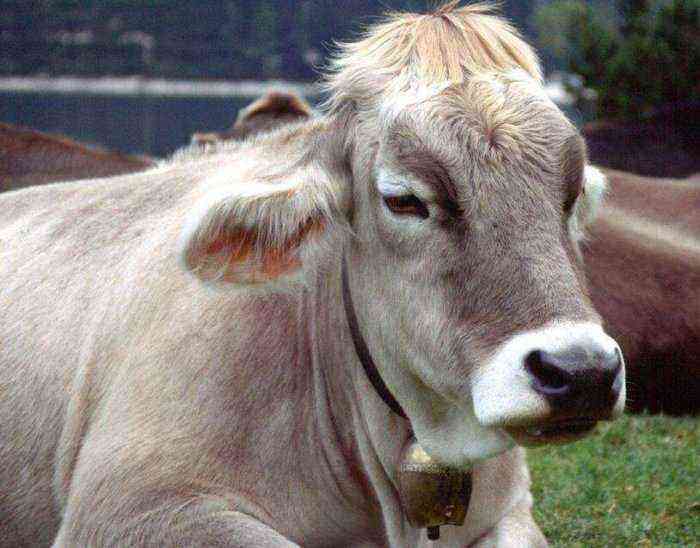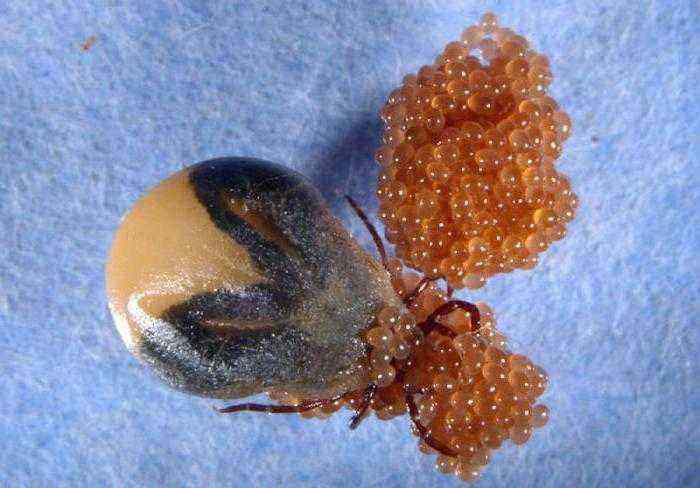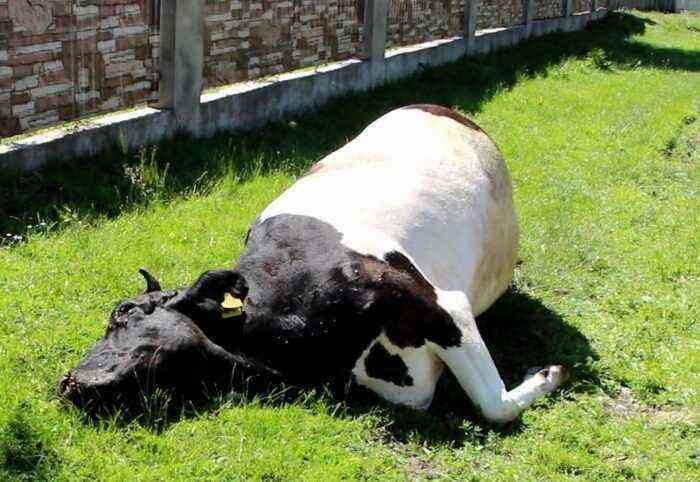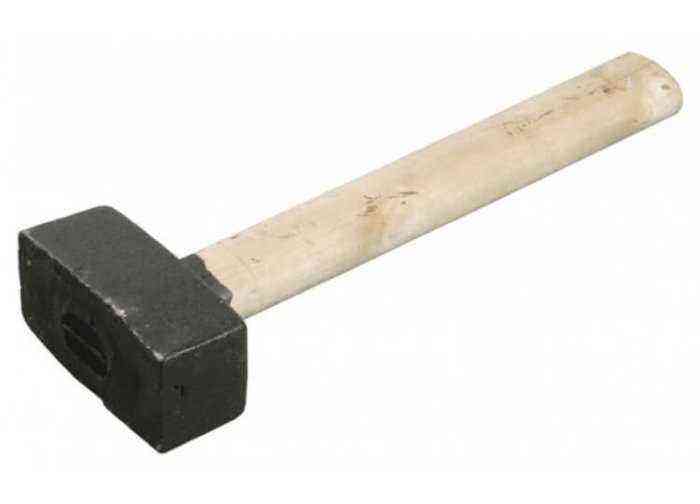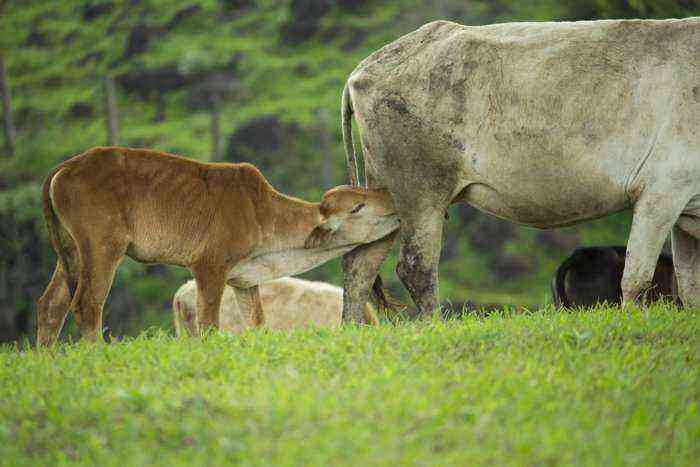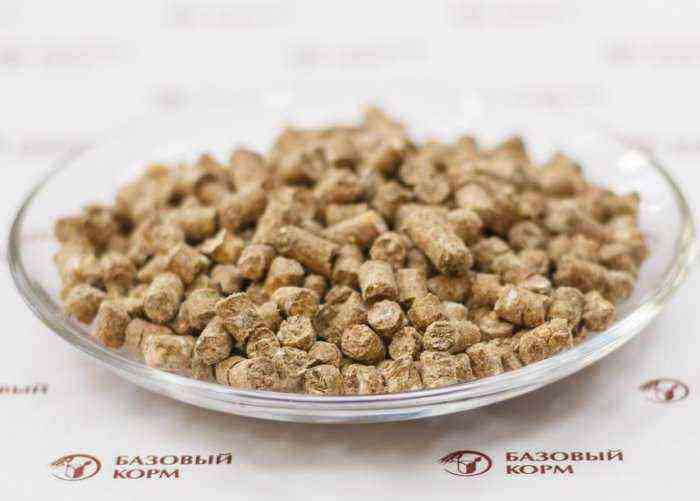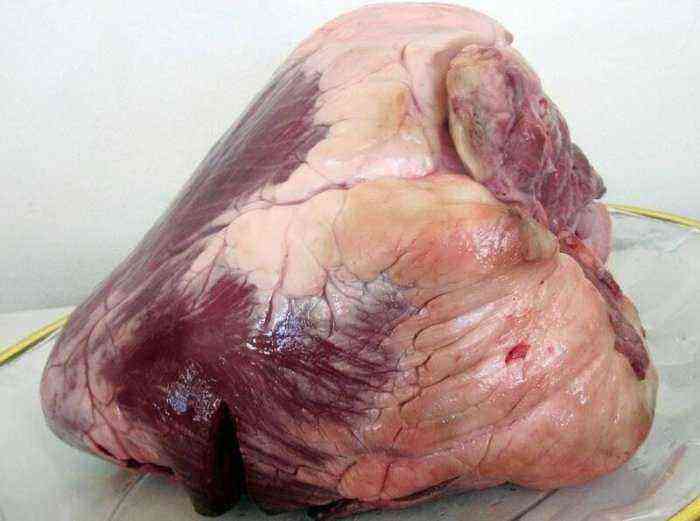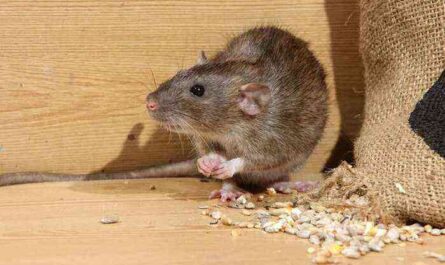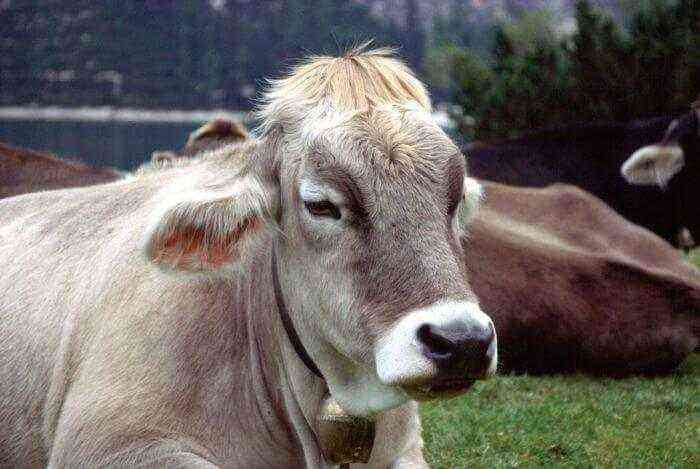Vaginitis in cows is an inflammation of the vagina that occurs due to the penetration of an infection into the genitals of an animal. The disease most often develops in young males of breeding age, as well as in immunocompromised heifers. At the first signs of vaginitis, you should invite a veterinarian who will determine the pathogen and the form of the course of the disease and prescribe the correct treatment. Ignoring the symptoms of vaginitis can lead to the development of complications in the form of endometritis and sepsis.
Vaginitis in cows
Causes of vaginitis
This disease is always caused by an infection that has entered the cow’s vagina. The causative agents of vaginitis can be various bacteria or fungi. Consider the causes of the disease:
- Decreased immunity. If the body’s defenses are weakened, the infection that has entered the vagina begins to multiply, and inflammation occurs.
- trauma factor. Injuries of the vulvar mucosa are “gates” for pathogenic microorganisms. Damage to the vagina can occur during childbirth, veterinary examination, cow insemination (artificial or natural).
- Disorders in the endocrine system.
- Chronic diseases or recent severe infectious diseases.
Symptoms
In order to detect vaginitis in a cow in time, you need to know how it manifests itself. The main signs of the disease are:
- cow anxiety;
- frequent urination;
- the cow waves its tail and stands with its hind limbs apart, because it itches in the vagina;
- the genitals are enlarged due to edema;
- the vulva has a more intense red color;
- vaginal discharge (mucous, purulent or bloody with an unpleasant odor);
- in the chronic course of the disease in the vaginal area, small nodular formations of yellow color are found.
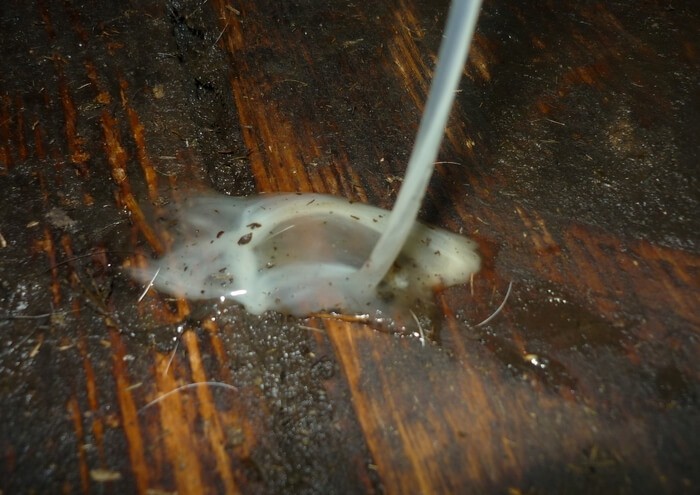
Vaginal discharge
Noticing such signs of malaise, it is necessary to invite an employee of the veterinary service. The specialist will take a small amount of discharge from the vulva of the cow and examine it by palpation. Based on the result of the analysis, it will become clear which pathogen caused the inflammation. Based on the diagnosis, an effective treatment will be prescribed.
Attention! It is better to keep a sick cow in a separate stall and provide her with peace. The place where the cow was previously needs to be disinfected, the litter should be changed.
Treatment
Treatment of vaginitis in a cow is carried out mainly locally. The course lasts at least 10 days. In advanced cases, antibiotics are used. Antibacterial drugs are prescribed by a veterinarian, taking into account what type of pathogen caused the inflammatory process. Since vaginitis always occurs against the background of a decrease in the body’s resistance, it is recommended that cows improve their nutrition. Vitamin supplements should be included in the diet.
Treatment of vaginitis is carried out with the use of disinfectants for irrigation of the vaginal mucosa and ointments. For douching, the following means are used:
- Very weak solution of potassium permanganate. 2 crystals of the substance are placed per liter of warm water.
- Furacilin. 4 dissolve the tablets in 1 liter of water.
- Antiseptic Vagotil. 10-15 ml of the product is dissolved in 1 liter of warm water.
Douching the cow’s vagina is done with a rubber bulb or a special syringe. The tip is inserted into the vagina and the mucous membrane is irrigated with a warm, freshly prepared solution, changing the direction of the jet. Procedures must be carried out at least 1 time per day. In severe cases, douche the animal in the morning and evening.
Along with disinfectants, ointments are also used:
- synthomycin;
- ichthyol;
- tetracycline.
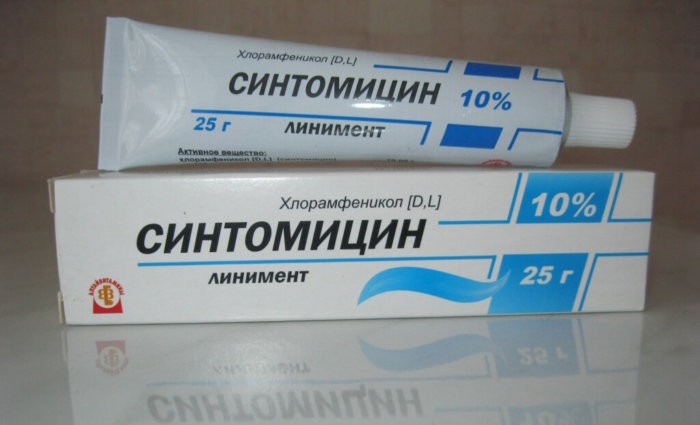
Sintomycin ointment
The ointment is abundantly treated with a cotton-gauze swab and, with the help of a special tool, it is inserted into the cow’s vagina. It is advisable to change your tampon every 24 hours.
Folk remedies
For the treatment of vaginitis, folk remedies are often used, but they are not always effective. In some cases, when the inflammation is severely neglected and is accompanied by the release of purulent exudate and blood, such methods of treatment cannot be used.
Ichthyol and honey
Honey has antimicrobial activity, so it can be used to treat vaginitis. A tablespoon of this beekeeping product must be mixed with the same amount of ichthyol, heated in a water bath to a warm state (no more than 42 degrees). The resulting agent is impregnated with a swab, which is used to lubricate the mucous membrane of the cow’s vagina. You can leave it inside for several hours to achieve the best effect.
Attention! Before the introduction of the tampon, it is advisable to douche with a disinfectant solution.
onion juice
Onion juice also helps fight the disease. It must be combined with an equal amount of ichthyol solution (30% concentration). The resulting tool is used to treat the walls of the vagina. To do this, you should make a cotton-gauze swab, soak it in a medicinal solution and lubricate the mucous membranes inside the vulva. The procedure is recommended to be done every day.
Vaginitis can lead to serious complications, so at the first sign of it, it is better to call a veterinarian. Perhaps he will recommend intramuscular injections of antibiotics to prevent the spread of the inflammatory process to the uterus and other organs.



